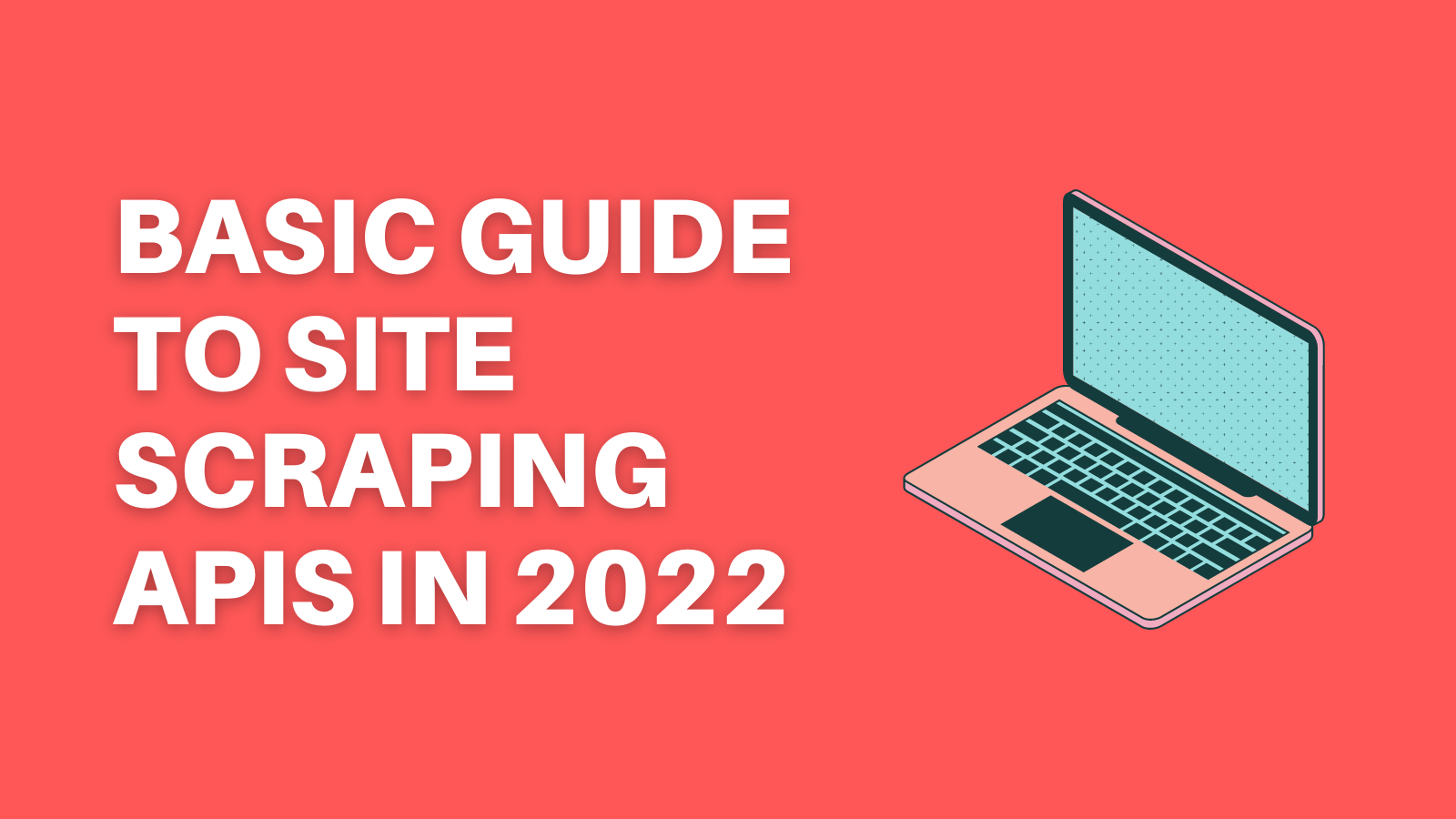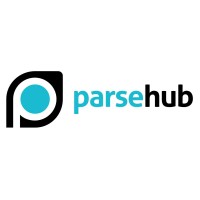Are you trying to use site scraping APIs but don’t know where to start? Then this article is perfect for you.
Everyone in today’s competitive world is seeking for new ways to develop and exploit new technology. Web scraping (also known as web data extraction or data scraping) is a solution for people who seek automatic access to structured web data. Web scraping is beneficial if the public website from which you seek data does not have an API, or if it does but just allows restricted access to the data.
It is the technique of obtaining structured web data in an automated manner. It’s also known as web data extraction. Among the various applications of web scraping are pricing monitoring, price intelligence, news monitoring, lead generation, and market research.

If you’ve ever copied and pasted information from a webpage, you’ve done the same thing as a web scraper, but on a much smaller, manual scale. Web scraping, as opposed to the tedious, mind-numbing process of manually gathering data, employs clever automation to harvest hundreds, millions, or even billions of data points from the internet’s seemingly limitless frontier.
Whether you use a data scraper tool yourself or hire a web data extraction professional, you’ll need to understand the distinctions between web crawling and web scraping. Equally essential, you must understand the potential risks of extraction and how to prevent them.
Web data scraping is commonly utilized in the field of e-commerce for rival pricing monitoring. It’s the only realistic way for brands to compare the pricing of their competitors’ goods and services, allowing them to fine-tune their own pricing strategy and remain ahead of the competition. It’s also used by producers to verify merchants follow price rules for their items.
Where To Get This
The vast majority of this information is unstructured HTML data that is converted to structured data in a spreadsheet or database before being used in various applications. To extract data from each website, web scraping employs a number of approaches. These choices include using internet services, particular APIs, and even building your own online scraping tools.
APIs have grown in popularity over the last decade to the point that many of today’s most popular internet apps would be difficult to construct without them. As a result, it is critical to select the platform that best meets your company’s objectives and budget. The following are the finest online data scraping tools:
1. Codery
Codery searches a website and collects all structured data from it. You simply need to submit the URL, and they’ll do the rest. Extract particular data from any webpage in the form of an auto-filling spreadsheet. Furthermore, this API offers millions of trustworthy proxies available to gather information without risk of being blacklisted.
The scale search engine crawls sites using Codery with a single request. Use a genuine browser to scrape and handle all of the javascript that runs on the page to manage all sorts of websites. Finally, Codery offers a number of pricing options, including the ability to ban images and CSS from websites.
2. ParseHub
ParseHub is a really powerful and intuitive tool that enables you to create web scrapers without writing a single line of code. It is thus as simple as picking the data you want. ParseHub is intended for anyone who wants to experiment with data. Analysts, data scientists, and journalists might all fall within this category.
3. Webhose.io
Webhose.io is ideally suited for platforms or services in need of a fully established web scraper and data provider for content marketing, sharing, and so on. The platform’s pricing is fairly reasonable for developing businesses.




